Indie Cat
Indie cats, also known as Indian domestic cats, have a rich ancestral history as street-smart survivors, naturally adapting to the diverse environments of India. Their lineage stems from wild, free-roaming cats, making them highly resilient and independent. Over generations, they’ve developed strong hunting instincts, sharp intelligence, and remarkable adaptability. Known for their diverse looks and hardy nature, Indie cats thrive on minimal care, often relying on their natural instincts for survival.

Male
Ideal height: 35 - 40cm Ideal weight: 4 - 6kg

Female
Ideal height: 30 - 35cm Ideal weight: 4 - 5kg

Size
Medium
Life Span
10 – 12 Years
Coat
Color
Medium
Traits & Characteristics
80%
60%
80%
80%
100%

Heat Tolerance
upto 27° C

Cold Tolerance
Upto -6° C

Best Diet for Indie Cat

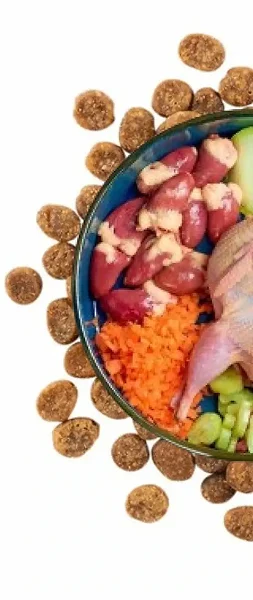
Carbohydrates
30 – 50%
Protein
20 – 30%
Fats
8 – 16%
Essentials, Vitamins & Minerals
6 – 8%
Fiber
2 – 4%
Total Kcal
1,000 – 1,500
Must have meal for a Indie Cat
Indie cats thrive on a balanced diet of high-quality cat food that includes protein, fats, essential nutrients, and, in some cases, lysine for immune support. Their diet can consist of both dry kibble and wet food, tailored to their specific needs and preferences. Lysine, an amino acid, can be beneficial for indie cats, especially if they are prone to respiratory issues, as it supports immune health and helps manage symptoms of feline herpesvirus. They typically require two meals a day, spaced about 12 hours apart, to maintain energy and prevent overeating. Fresh water should always be available.
🐾 Try Our Indie Cat Fresh Food!
Wholesome, freshly cooked meals crafted for your Indie Cat’s health and happiness.

Book a Dog Diet Consultation
Get personalized diet advice for your Indie Cat for Absolutely FREE

Indie Cat Diet
Feeding your Indie cat the right diet ensures they stay healthy, active, and full of energy. Indie cats are naturally agile and resilient, but they still need nutrient-rich meals that support their immune system, strong bones, shiny coats, and overall well-being. Since cats are obligate carnivores, their diet should be rich in high-quality protein and balanced with essential vitamins and minerals.
Fresh meals are easier to digest than processed kibble, and controlled portions help maintain a healthy weight. A balanced diet keeps your Indie cat playful, happy, and free from digestive troubles.
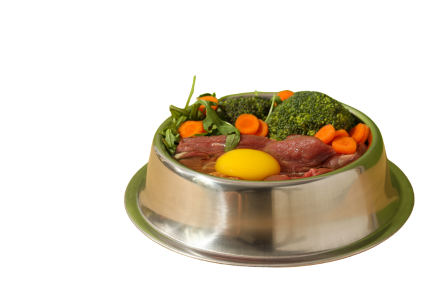
Protein Based Diet
Indie cats thrive on protein-dense diets that mimic their natural feeding instincts. Proteins from chicken, fish, turkey, and eggs supply amino acids like taurine—vital for heart and eye health. Vegetables like pumpkin, carrots, and spinach can be added in small portions for fiber and digestion, while paneer or cottage cheese (occasionally) offers extra protein variety.
Add omega-3 fatty acids from fish oil or flaxseed to keep their coat glossy and support joint health. Hydration is equally important, so include wet food or fresh broth to prevent urinary tract issues common in cats.
❌ Avoid harmful foods for cats: onion, garlic, grapes, raisins, chocolate, avocado, coffee, excess salt, and dairy in large amounts.
WEIGHT, STRENGTH AND GUT CONSIDERATE DIET
Indie cats can sometimes struggle with weight gain if overfed, or weakness if meals lack nutrients. To keep them balanced:
🐾 Offer lean proteins (chicken, turkey, fish) for muscle strength.
🐾 Include fiber-rich veggies like pumpkin and beans for smooth digestion.
🐾 Use probiotics from curd or yogurt (in tiny amounts) to support gut health.
🐾 Add omega-3s for reduced inflammation and improved immunity.
Consider Their Age
Just like humans, an Indie cat’s diet needs to adapt as they grow:
🐾 Kittens (2–12 months): Require high-protein, calorie-dense meals to fuel growth, strong bones, and immunity. Include chicken, fish, and kitten-specific wet food.
🐾 Adults (1–7 years): Need a balanced mix of protein, healthy fats, and controlled calories to maintain muscle and energy without excess weight gain.
🐾 Seniors (7+ years): Prefer lighter, easy-to-digest meals with more fiber, joint-support nutrients like glucosamine, and antioxidants to slow aging.

Apple
Provide fiber and vitamins; ensure seeds and core are removed.

Carrot
Crunchy and rich in vitamins; supports dental health and is low in calories.

Green Beans
Low in calories and high in fiber, aiding digestion and keeping them full.

Sweet Potato
Nutrient-dense with fiber, helping digestion and providing essential vitamins.
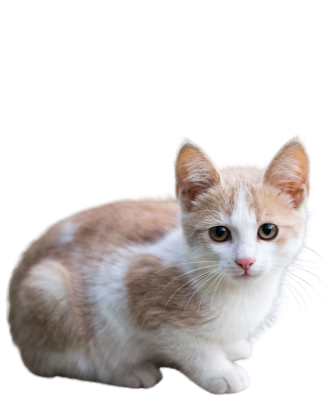
Training Needs for Indie Cat
Indie cats are known for their sharp intelligence and strong survival instincts, making them quick and perceptive learners. Unlike dogs, they aren’t motivated by a desire to please, but rather by curiosity, play, and reward. Their playful and agile nature can lead to behaviors like scratching furniture, counter-surfing, or knocking things over if their energy isn’t channeled correctly.
With patience, positive reinforcement (using treats and praise), and early socialization, Indie cats readily learn household manners and even fun tricks. They thrive on interactive play that mimics hunting, such as chasing a wand toy or pouncing on a laser dot.
A mix of mental stimulation through puzzle feeders and physical activity through daily play keeps Indie cats happy, healthy, and prevents boredom-related mischief like destructive behavior or excessive meowing.

Kitten Stage (2-6 months)
Indie kittens are incredibly curious and form their core habits during this time. Training is crucial for building a bond. Focus on litter box training, gentle handling of paws and ears, and redirecting biting or scratching from hands to appropriate toys. Introduce scratching posts early and establish a consistent feeding and play routine. Encourage socialization with new sounds and people in a safe environment.
Suggested Package: 8 Sessions

Adolescent Stage (6-18 months)
During their “teenage” phase, Indie cats test boundaries with boundless energy and confidence. Consistency is key. Reinforce rules like staying off kitchen counters. Channel their high energy into structured play sessions to prevent mischief. This is a great time to introduce harness and leash training for safe outdoor adventures or to teach simple commands like “Come” and “Sit” using clicker training.
Suggested Package: 12 Sessions

Adult Stage (1.5 years +)
Adult Indie cats are settled but still require enrichment to stay sharp and content. Maintain a routine of play and affection. Prevent boredom by rotating toys and introducing new puzzle feeders. Advanced training, like teaching a “high-five,” can strengthen your bond. Monitor for any changes in behavior which could indicate stress or health issues, and ensure their environment remains stimulating and secure.
Suggested Package: 16 Sessions
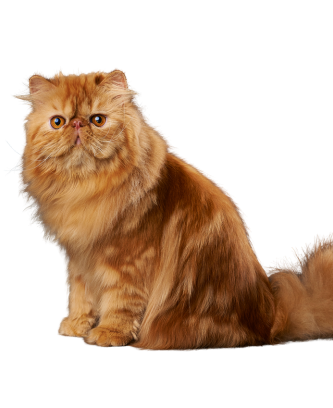
Cat Training: Expert Guidance at Home
Turn your Kitten into a well-mannered pro—where training meets success

Vet Visits

Kitten (0-1 Year):

First visit - Initial vaccinations, deworming, and health check Second visit - Booster shots, flea/tick prevention, and neutering. Third visit - Continue vaccinations, dental check, and growth assessment.

First visit - 8-10 weeks Second visit - 12-16 weeks Third visit - 6-12 months
Young Adult (1-3 Years):

Routine health check, vaccinations, dental examination, and preventive care

Annual check-ups.
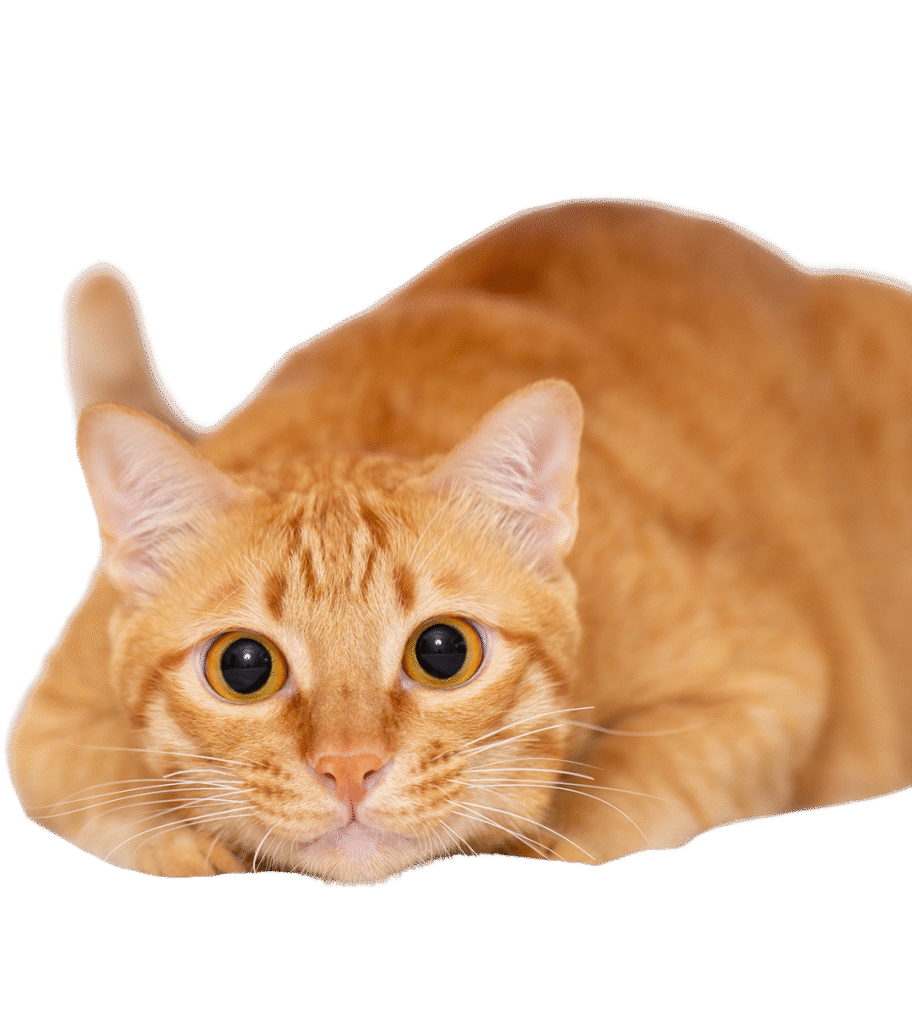
Adult (4-7 years):

Comprehensive health check, vaccinations, dental cleaning if needed, and monitoring for early signs of age-related issues

Annually
Senior years (10+ Years):

Blood work, vaccinations, dental care, and check forarthritis or kidney disease.

Biannually
Vaccination Schedule

First
6-8 week
Second
10-12 week
Third
14-16 week
Regular
Yearly once
Grooming
Indie cats are meticulous self-groomers. However, regular grooming sessions help strengthen your bond and allow you to check for any skin issues, lumps, or parasites. Brushing them, especially if they have a thicker coat, helps remove loose fur and prevent hairballs.
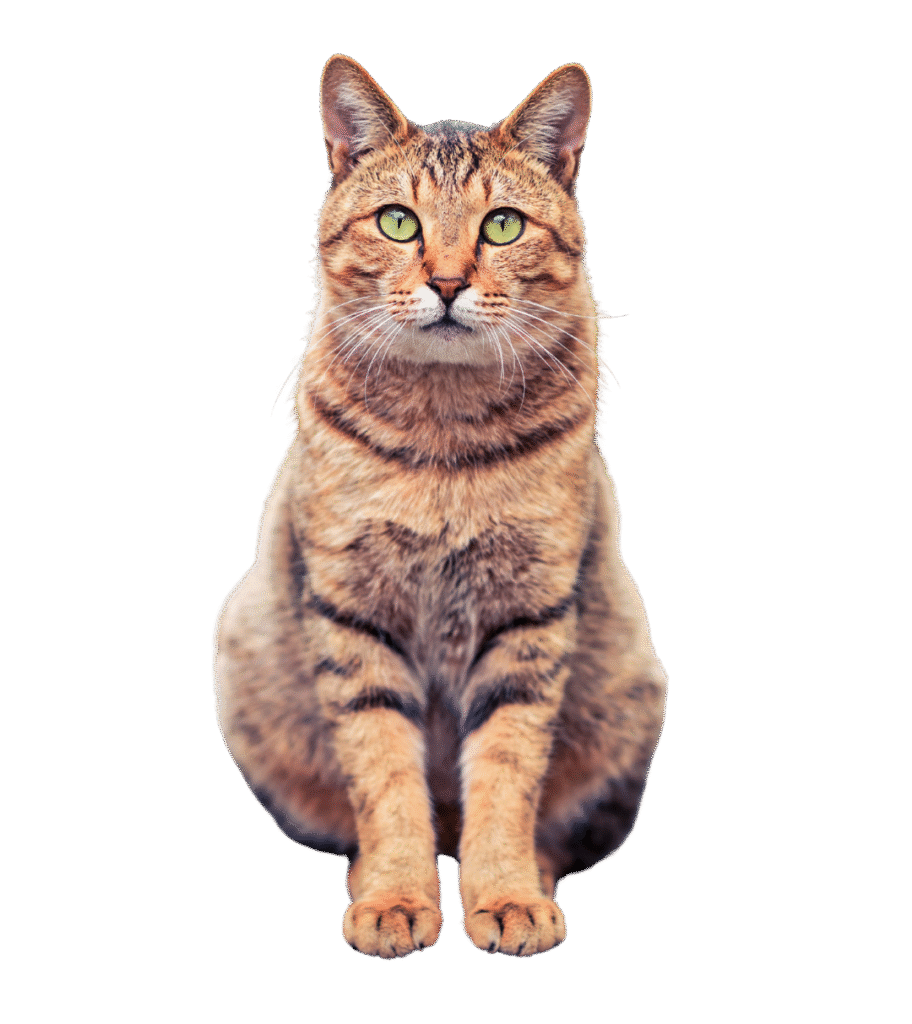
Brush & Bath guide
Most Indie cats have short coats that require brushing just once a week to manage shedding and keep their fur sleek. Baths are generally not necessary unless they get into something particularly messy or sticky, as bathing can be very stressful for cats.

Ear Cleaning
Check your cat’s ears weekly for any signs of dirt, wax buildup, or dark specks that could indicate ear mites. To clean, use a cotton ball lightly dampened with a vet-recommended ear cleaner. Gently wipe the outer ear only. Never insert anything, like a cotton swab, into the ear canal.
Nail clipping & Paw care
For indoor cats, regular nail clipping (every 2-4 weeks) is essential to prevent their claws from becoming overgrown, sharp, or caught in furniture. It also protects your skin during play. Get your kitten used to having their paws handled early on. Also, periodically check their paw pads for any cuts or dryness.
Period Care
When a female cat is in heat (estrus), she will become very vocal, affectionate, and restless. This cycle can repeat every few weeks. Rather than managing the behavior, the most recommended, healthiest, and most responsible course of action is to have your cat spayed. Spaying prevents unwanted litters of kittens and protects her from future health problems.
Dental Care
Dental health is vital for your cat’s overall well-being. Ideally, brush their teeth 2-3 times a week with a vet-approved feline toothpaste to prevent plaque and tartar buildup. Providing dental treats and scheduling annual vet check-ups will help maintain their oral hygiene.
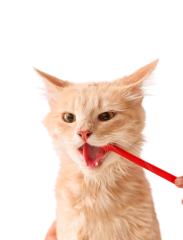
Give Your Indie Cat a Spa Day at Home!
⭐ Regular grooming not only helps manage shedding and prevent hairballs but also strengthens your bond and keeps your cat’s coat sleek and comfortable year-round.
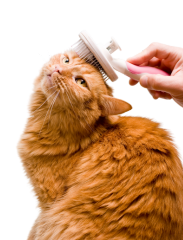

Health Conditions for Indie Cat

Respiratory Infections
Infections caused by viruses or bacteria, affecting the upper respiratory tract.
Symptoms:
Sneezing, nasal discharge, coughing, and eye infections.
How to avoid:
Keep vaccinations up-to-date, maintain good hygiene, and avoid exposure to sick animals.
Feline Lower Urinary Tract Disease (FLUTD)
A condition affecting the bladder and urethra, often caused by infections or urinary crystals.
Symptoms:
Frequent urination, straining, blood in urine, and possible urinary blockages.
How to avoid:
Provide a balanced diet, ensure adequate water intake, and maintain a clean litter box.

Obesity
Excessive weight can lead to various health problems, including diabetes and joint issues.
Symptoms:
Noticeable weight gain, difficulty moving, and a lack of energy.
How to avoid:
Provide portion-controlled meals, engage in regular play, and monitor weight.
Feline Diabetes Mellitus
A metabolic disorder where the body cannot properly regulate blood sugar levels.
Symptoms:
Increased thirst, frequent urination, weight loss, and increased appetite.
How to avoid:
Maintain a healthy diet and weight, avoid excessive treats, and ensure regular veterinary check-ups.
Frequently Asked Questions

Yes, generally they are. Indie cats have a much wider and more diverse gene pool, which means they are less prone to the specific hereditary or genetic diseases that can affect purebreds. Their “street-smart” ancestry has made them naturally hardy and resilient. However, they still need regular vaccinations, deworming, and annual vet check-ups to live a long, healthy life.
Absolutely! It’s very common for rescued cats to be timid at first. They need time to understand that they are in a safe and loving environment. The key is patience. Provide them with a quiet, safe space of their own, don’t force interactions, and use positive reinforcement like offering treats and speaking in a soft voice. Once they build trust, Indie cats are known to form incredibly strong, loyal, and affectionate bonds with their chosen humans.
Indie cats are typically not picky eaters. The best diet is a high-quality commercial cat food that is rich in animal-based protein. Whether you choose wet food, dry kibble, or a mix of both, check the ingredients to ensure meat is listed first. Always provide access to fresh, clean water. Consult your vet for specific recommendations based on your cat’s age and health.
Week 1–2: Take outside every 2 hours and after meals. Praise and reward.
Week 3–6: Gradually extend intervals to 3–4 hours; maintain consistency.
Week 7–12: Encourage longer outdoor intervals, introduce commands like “Go potty,” and supervise indoors to prevent accidents.
Most Indie cats have a short, dense coat and will shed moderately, with shedding increasing during seasonal changes. You can easily manage this by brushing them once or twice a week. Regular brushing removes loose fur, reduces the amount of hair on your furniture, helps prevent hairballs, and is a wonderful way to bond with your cat.
Spaying (for females) or neutering (for males) is one of the most important things you can do for your cat and the community.
Health Benefits: It prevents certain types of cancers and eliminates the risk of uterine infections.
Behavioral Benefits: It can reduce unwanted behaviors like spraying/marking territory, howling when in heat, and the urge to roam and fight.
Community Impact: It is the single most effective way to prevent unwanted litters, helping to control the stray animal population. It is a core part of responsible pet ownership.


















